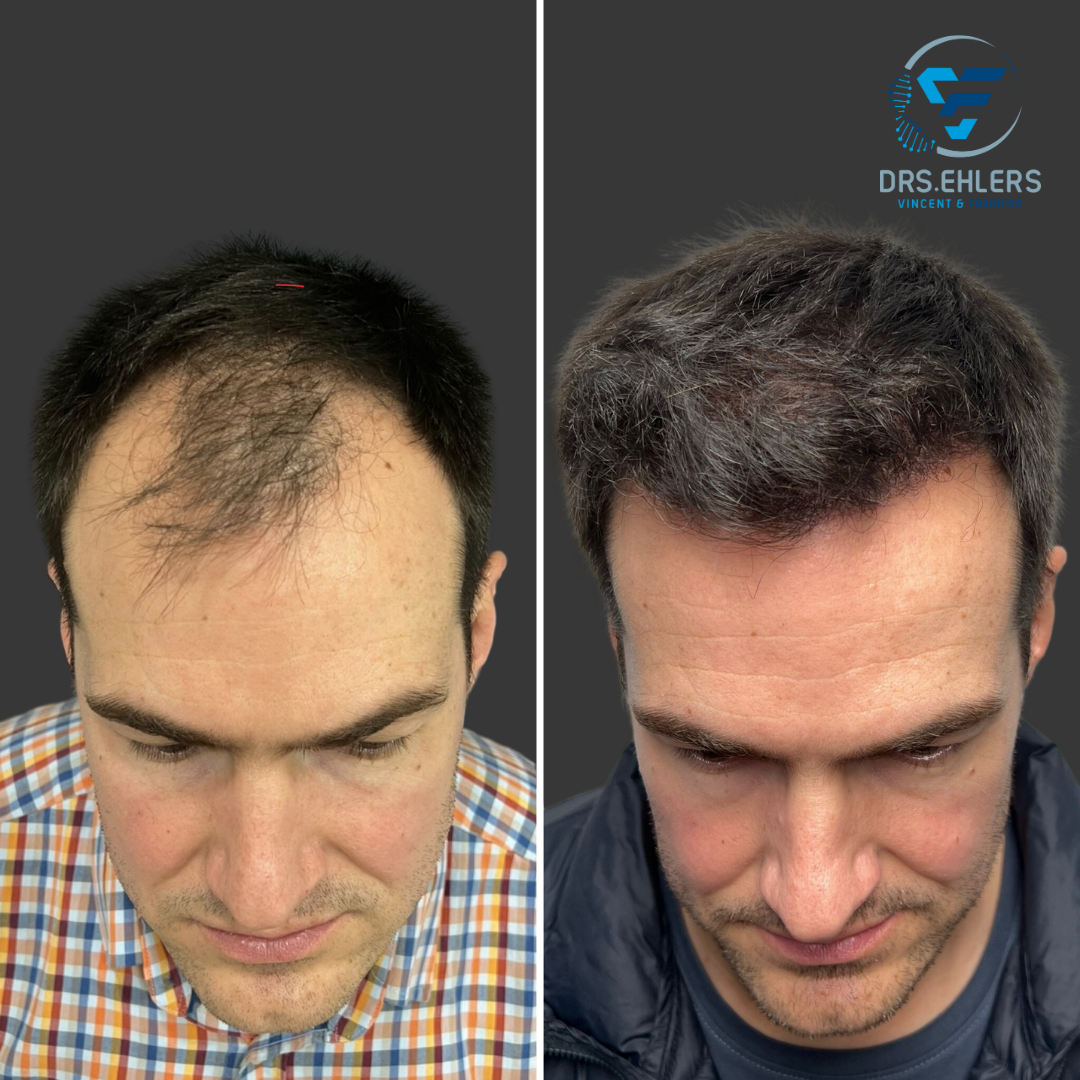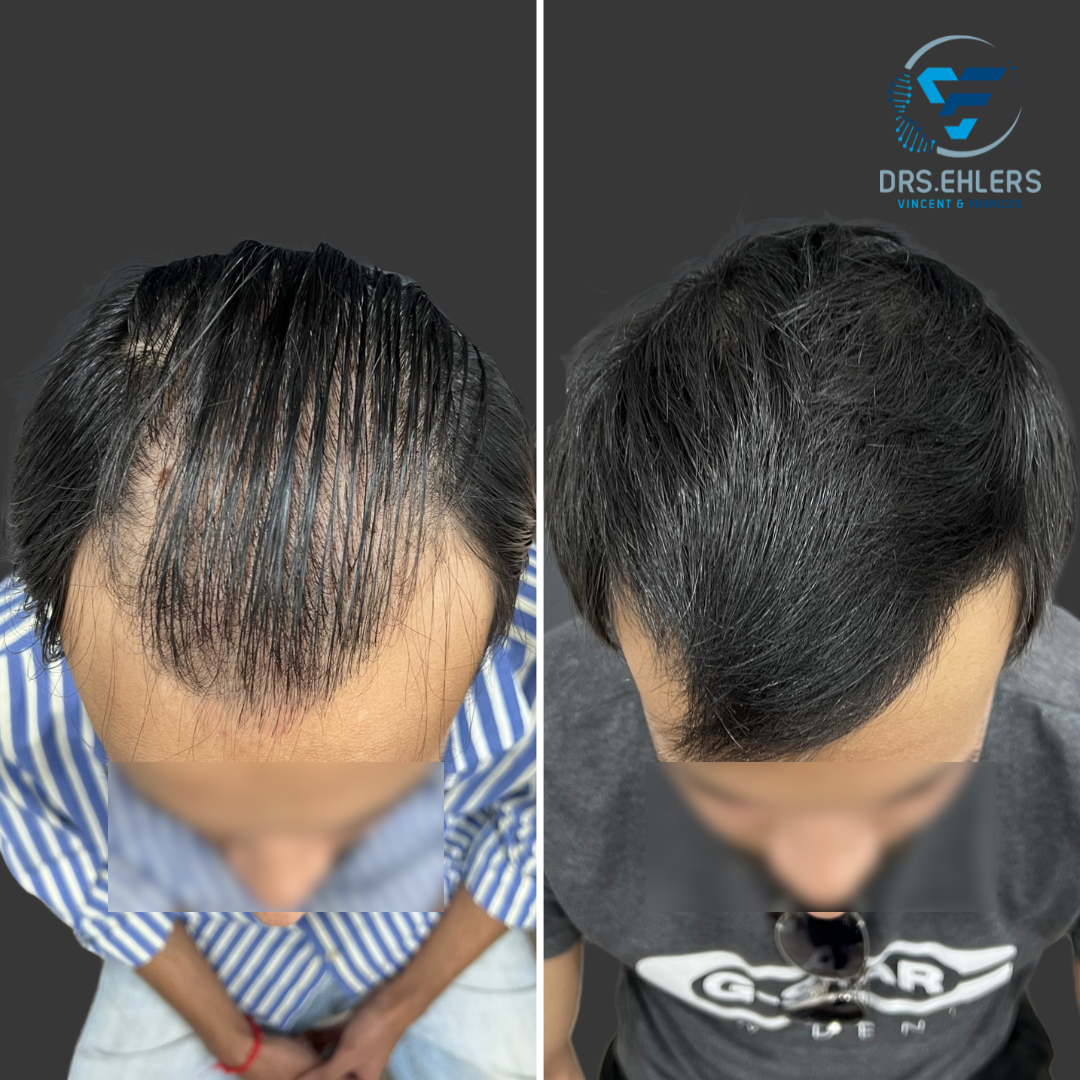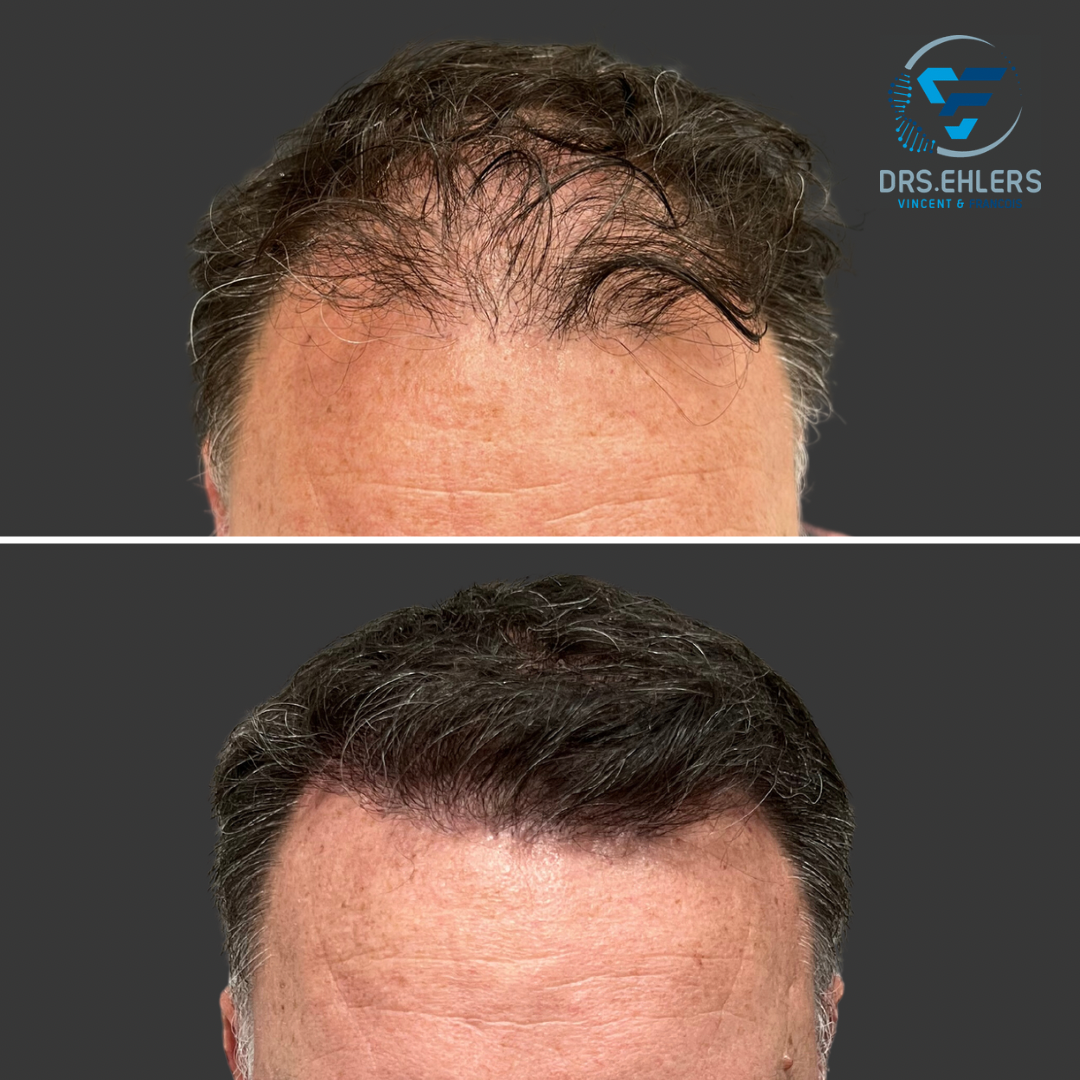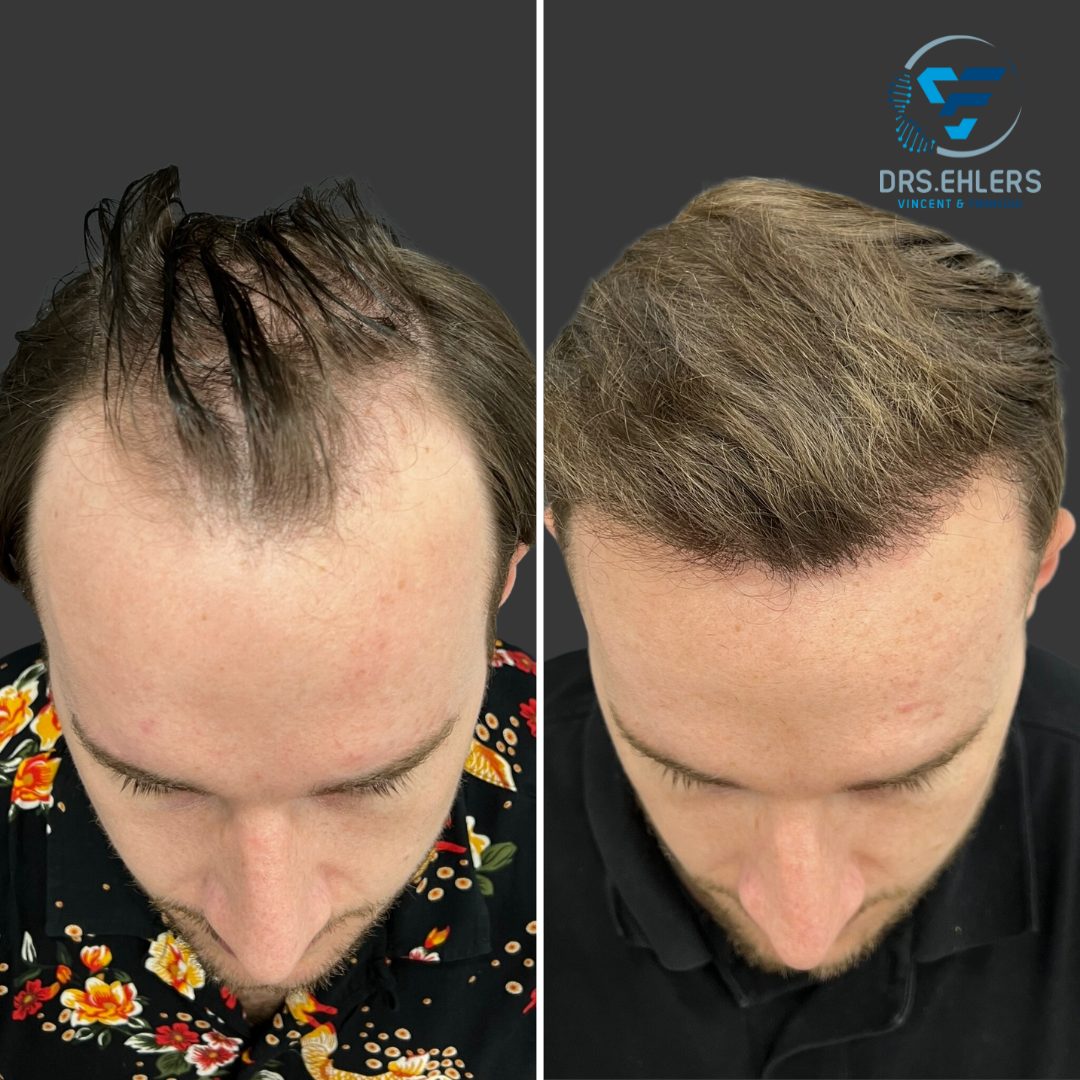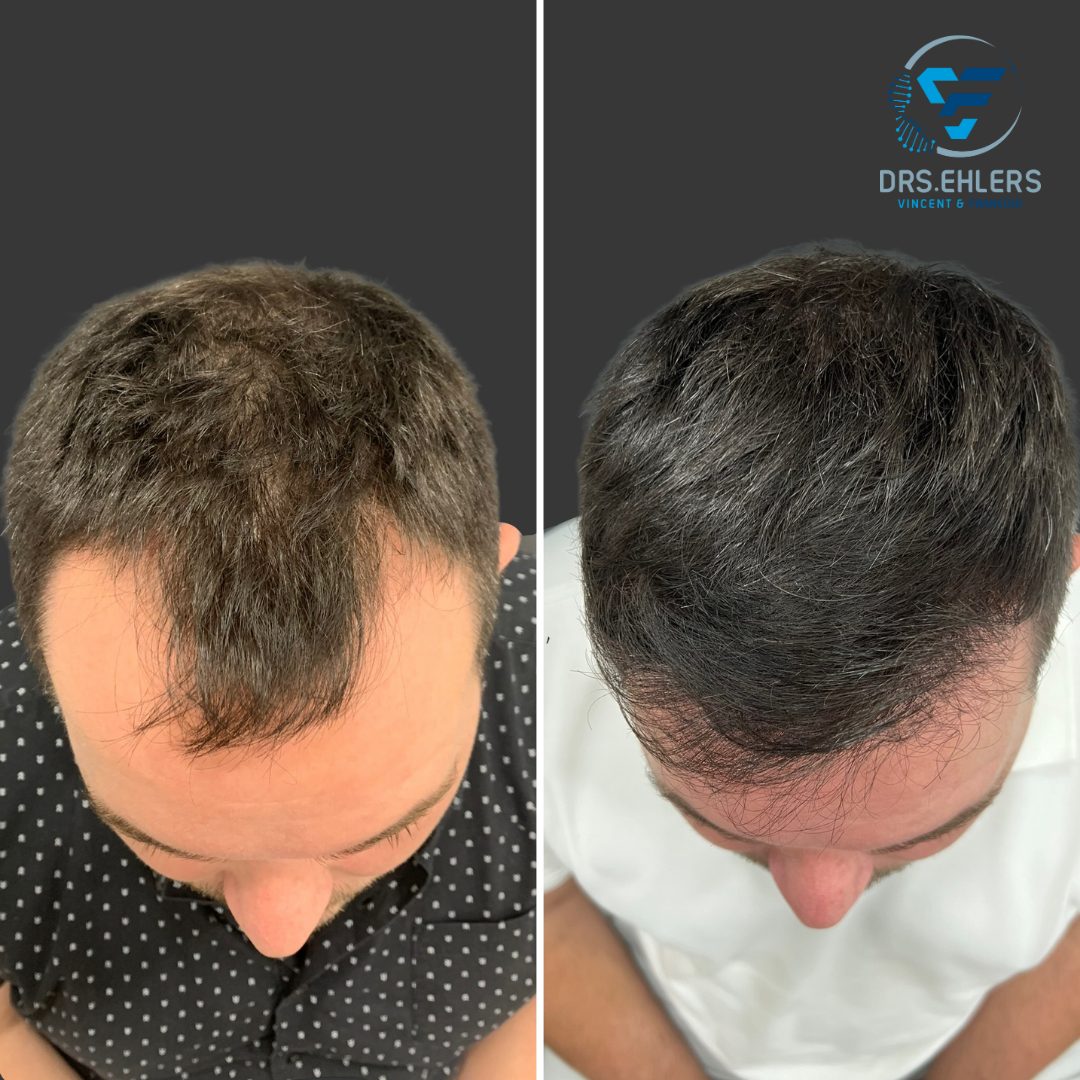Hair Transplant In South Africa
Reigniting confidence in your hair
Where scientific precision and artistic finesse come together. In a soothing and sophisticated environment our expert doctors provide the highest quality FUE hair transplant transformations.
Our hair restoration clinic is located in the premier destination of Umhlanga with additional offices in Sandton, South Africa.
Surgical Hair Restoration
Our team caters to the individual needs of each client in a sincere, discreet and professional manner. We ensure not only a natural and satisfying result, but guarantee the utmost comfort throughout your hair restoration journey from the first consultation through to your post-operative care.
Dr. Vincent Ehlers personally performs all FUE, Robotic and FUT transplants for scalp and facial hair restoration. Following a thorough consultation he will recommend and discuss the best option for your hair restoration.
MICRO FUE HAIR TRANSPLANT
Performing up to 3500 grafts/follicular units per hair transplant session.
Every step of our follicular unit extraction (FUE) transplant is performed by Dr. Vincent himself, taking the utmost care to preserve each follicle and achieve your desired result.
Grafts are individually assessed under microscopy and separated into single, double and triple hair follicles. Allowing accurate allocation of the correct grafts to each area, guaranteeing natural hairline results.
We work with only the highest quality instruments: extracting grafts using 0.6mm-0.9mm punches. Sapphire blades are used for site-making and implantation is done by either titanium forceps or DHI implantation.
Micro FUE transplants can be done on all hair and scalp types.
OUR HAIR TRANSPLANT RESULTS
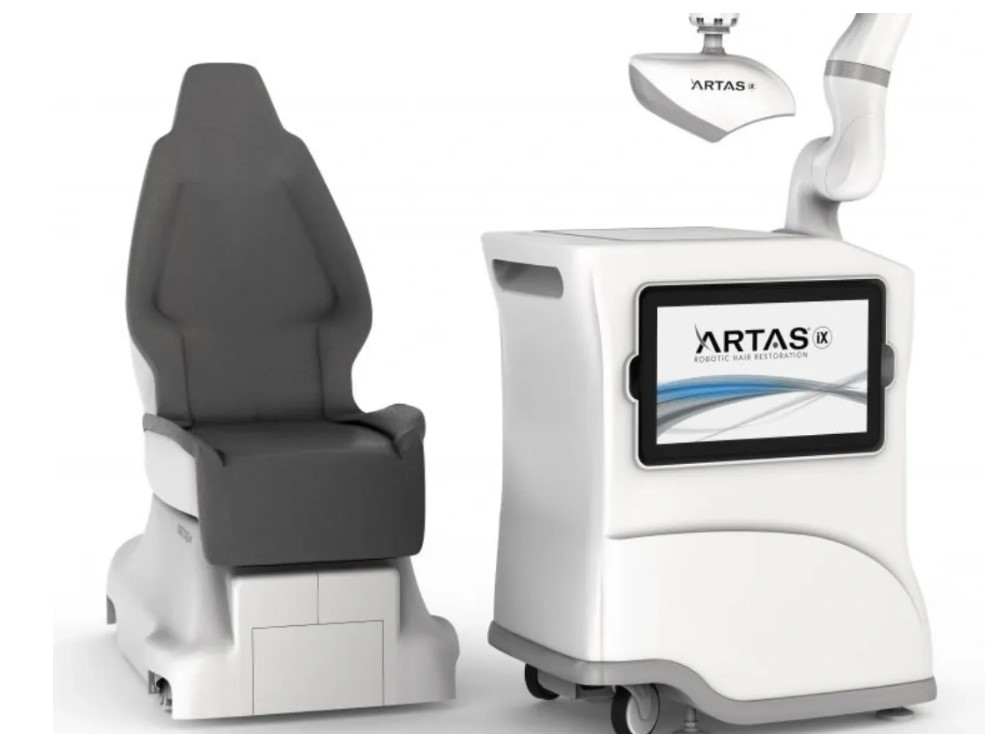
ARTAS IX ROBOTIC-ASSISTED HAIR TRANSPLANT
We are the only team in Africa offering the state-of-the-art technology of robotic hair transplantation.
Dr. Vincent Ehlers is the chief surgeon for Scalpture Robotics, home of The ARTAS iX robotic system.
The ARTAS hair restoration system combines high-definition stereoscopic vision with artificial intelligence to improve precision and consistency. Resulting in an increased yield, the dissection of perfect grafts, and avoiding any damage to surrounding hair follicles.
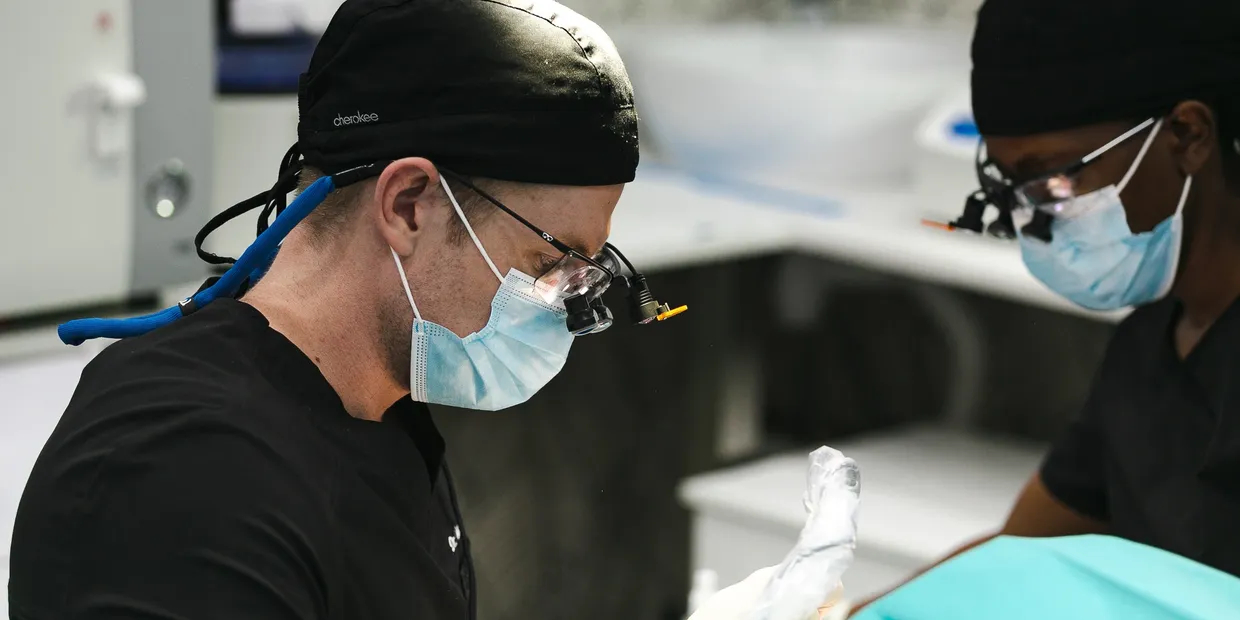
THE EHLERS DOCS DIFFERENCE
Committed to providing ethical and accurate assessments with safe and satisfying results.
-
- Precision and Consistency: We pride ourselves on honesty and the meticulous nature of our FUE hair transplant procedures. Each hair follicle is carefully extracted and transplanted with the utmost precision, resulting in natural-looking and seamless results that meet expectations every time.
- Safety and Sterility: Our procedures are performed in a fully equipped hair transplant theatre that complies to the highest hygiene standards. All our doctors, nurses and trichologists are trained in theatre preparation and infection prevention principles.
- Professionalism and Discretion: Our private and luxurious clinic is located in Durban’s most prestigious address, The Pearls Sky. Situated on the beachfront in the region’s most desirable and sought-after coastline, creating a sophisticated yet soothing environment to ensure your ultimate relaxation while on your hair restoration journey.
- Accessibility and Continued Support: Following your procedure we provide 24-hour on call access to our doctors and team should you have any questions. The following day we will do a wound check and dressing change for you at the clinic. Thereafter you are welcome to attend the clinic or contact us virtually for an all-inclusive review at any additional time between our scheduled 2 week, 1 month, 3 month, 6 month and 12 month follow up visits.
- Continually Evolving: Dr. Vincent and his team are committed to ongoing professional growth and development. By frequently attending international workshops and seminars we ensure that we are on the forefront of the latest advancements in surgical hair restoration.
Start Your Restoration Journey
Don’t let hair loss hinder your confidence any longer. Take the first step towards reclaiming your crown by scheduling a consultation.
REQUEST A CONSULTATION
Get help with hair loss by contacting our team.
Please send us a message with your request and attach relevant images then our team will contact you back to schedule an appointment.
Contact Form
"*" indicates required fields
Frequently Asked Questions
What is FUE hair transplant surgery?
- Hair transplant surgery is a procedure whereby we are able to restore hair loss that occurs as a result of male patterned hair loss. The hair loss on the top of the scalp occurs due to a hormone known as DHT (dihydrotestosterone), certain hair in the body is able to resist this hormone, such as that on the sides and back of the scalp. During the procedure we remove hair from these resistant areas and implant them into the areas that have experienced loss. These new hairs in the area retain their ability to resist DHT and will grow permanently in the new sites.
- FUE (follicular unit extraction) refers to a safe and effective modern technique for hair transplantation that allows for a natural looking result and minimises the potential for scarring. In FUE hair follicles are extracted individually with a small device (0.8mm) to allow for the dense re-insertion of follicles. This is a major improvement from older techniques such as FUT or strip type transplants which leave visible scarring.
What is the difference between FUE and FUT hair transplant?
- The FUT (follicular unit transplant) technique has been largely replaced by the FUE method due to the advances in less invasive technologies. In practice Dr. Vincent will only perform this procedure on candidates who are carefully selected and if the FUT procedure can significantly contribute to the desired outcome while maintaining safety.
- The main difference between FUT vs FUE hair transplant is that an FUT involves the surgeon excising a section of scalp tissue which is then sutured closed, and the grafts are individually dissected from this. Whereas in an FUE procedure a small (0.6mm to 0.8mm) motorised punch is used to individually remove each follicle from the scalp. Concerns regarding the FUT procedure include the formation of a linear scar on the back of the head and the potential for a prolonged recovery. This has made FUE the more desirable and most commonly used method for hair transplant surgery.
Is a hair transplant painful?
- The procedure is done under light sedation and local anaesthetic, which makes it virtually painless. Majority of patients tend to sleep through the entire process.
- The most uncomfortable part of the procedure is the first 5-10 minutes when we administer the local anaesthetic.
- Post-procedure minor discomfort can be experienced in the donor site if direct pressure is applied for long periods of time, such as when sleeping directly on this area. This discomfort tends to resolve within the first few days following the transplant.
- As the area begins to heal minor itching can be experienced, which we do provide specialised for in your included home care kit.
How long does it take for a hair transplant to heal?
- The initial 72 hours after the procedure are the most important for the healing process. Following this it is less likely that you will be able to disrupt the newly implanted hairs.
- On the day of the procedure small white follicles will be seen over the recipient site and by the following day these will turn into small scabs.
- If post care instructions are followed then the scabs typically come off around 7-10 days, leaving short hairs behind.
- These hairs will remain on the scalp until around 3-6 weeks, thereafter they will slowly start to shed in a process known as shock-loss.
- Around 3 months following the case the new hairs will begin to regrow, and the density will continue to increase until 12 months following the procedure.
- Typically a significant result will already be visible at 6 months after the procedure.
- Healing is influenced by the age of the patient, overall health and factors such as smoking. Younger and healthier patients can have a high density of regrowth as early as 5-6 months where others only see significant growth at a later stage.
- This it is important to ensure you are in the best possible health to have a faster recovery, as is the case with any surgical procedure.
What results can you expect from FUE hair transplant?
- What is important to remember is that the end result is highly influenced by how healthy the quality of donor hair (back and sides) of the scalp is. The higher number of healthy follicles a person has, the further the surgeon can lower the hairline and create a higher density of follicles.
- Following a hair transplant procedure you can expect to start seeing an improvement in hair density around 4 months later, this will continue to improve for as long as 12 months after the transplant.
- It is not advised to exceed 3500 grafts in a single session to avoid over-harvesting. 3500 grafts is enough to densely cover two thirds of the top of the scalp.
Who is a good candidate for hair transplant surgery?
- Males who have or are experiencing male patterned hair loss. This typically starts with thinning at the temple area or over the crown and tends to spread towards the opposite end.
- Hair transplant can be done for female patients for hairline lowering and Traction alopecia.
- It is advised to wait until at least the age of 25 before having a transplant, this allows us to project how the hair will change over time to ensure we give a natural and lasting result.
- Hair transplant is not advised for certain causes of hair loss such as alopecia of a scarring nature and very advanced patterns of baldness.
Key factors to consider before a hair transplant
1. Sufficient Donor Hair: A good candidate should have an adequate supply of healthy donor hair, usually from the back or sides of the scalp. This hair is used for transplantation to the thinning or balding areas.
2. Stable Hair Loss: Hair transplant candidates should have stable hair loss, meaning their hair loss has stabilized and is not likely to progress significantly in the near future. Transplanting hair while hair loss is still active may result in an uneven appearance.
3. Realistic Expectations: Understanding the limitations and potential outcomes of a hair transplant is essential. A good candidate should have realistic expectations about the results and be willing to accept that hair restoration is a gradual process.
4. Good General Health: Being in good overall health is crucial for a successful hair transplant procedure. Certain medical conditions or medications may impact the suitability for surgery, so a thorough medical evaluation is necessary.
5. Non-Smoker: Smoking can negatively affect the healing process, so being a non-smoker or being willing to quit smoking for a period before and after the procedure is ideal.
6. Age Consideration: While there’s no specific age limit for hair transplantation, candidates are typically in their late 20s or older. Younger candidates may need to wait until their pattern of hair loss stabilizes.
7. Hair Loss Pattern: The pattern of hair loss is essential in determining the most appropriate approach for transplantation. Candidates with distinct areas of baldness or thinning are generally better suited for the procedure.
8. Hair Texture: The texture of the candidate’s hair can impact the success of the transplant. Coarse hair tends to provide better coverage and camouflage than fine hair even when using lower numbers of follicles for the transplant
9. Exclusion of scarring alopecia: Hair transplants can be indicated for a number of different types of hair loss (alopecia) but it is not recommended for scarring type alopecia such as in frontal fibrosing alopecia or lichen planopilaris.
10. Hair Transplant Goals: Understanding why you want a hair transplant and having specific goals for the procedure is crucial. Whether it’s to restore a natural hairline or add density, knowing your objectives will help your surgeon plan the best treatment approach.
It’s essential to consult with a qualified and experienced hair transplant surgeon for a comprehensive evaluation. They will assess your individual case and determine if you meet the criteria for a hair transplant and recommend the most suitable treatment plan for your unique needs.

